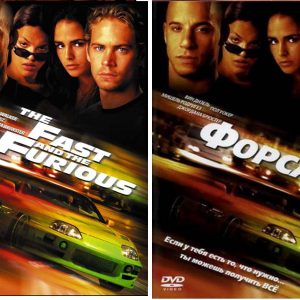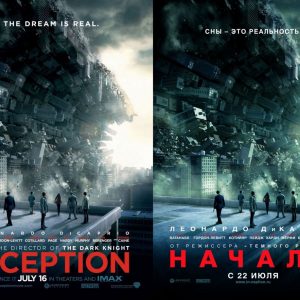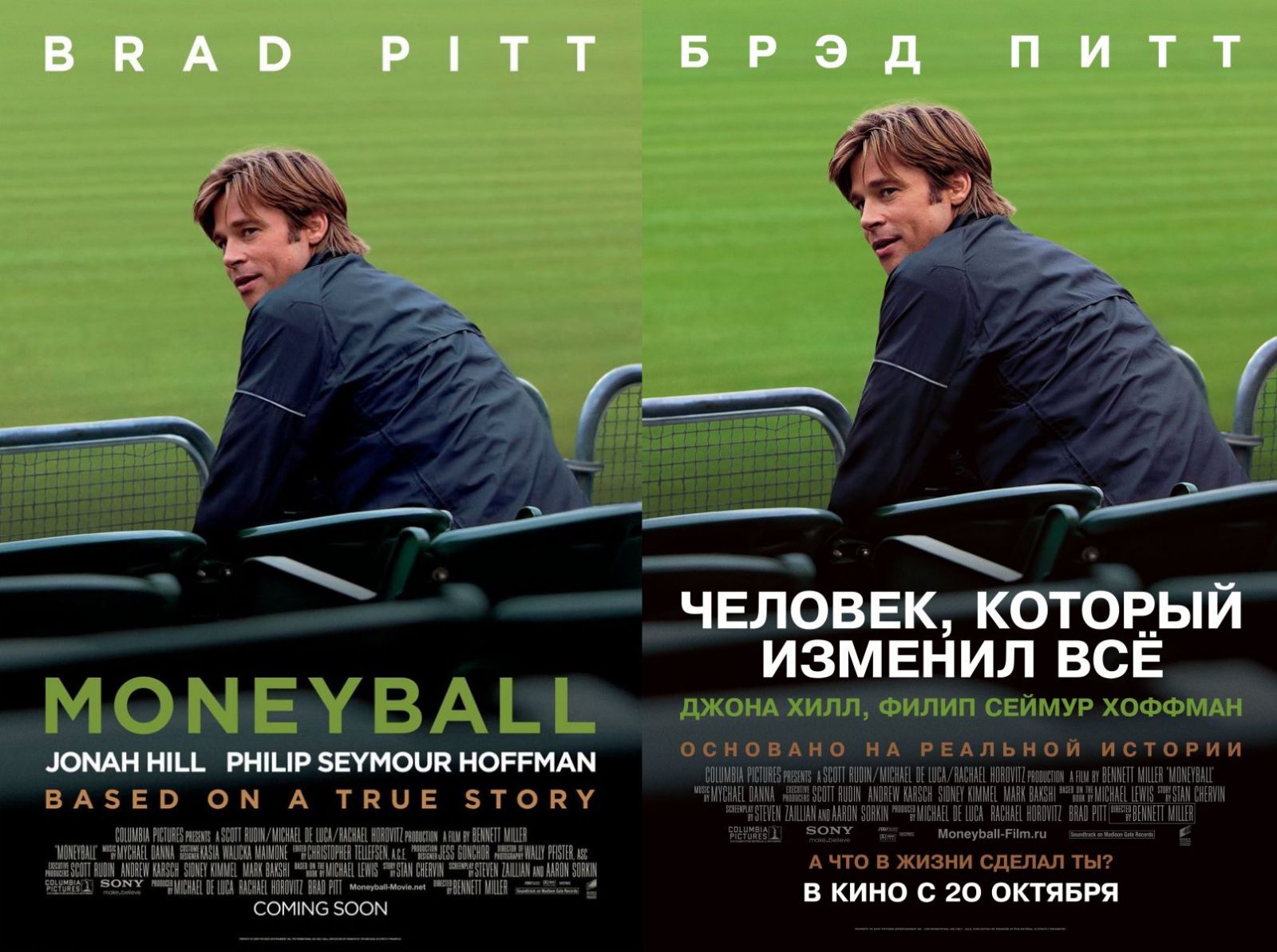Film translation and english to russian translate is probably one of the most mysterious and, one might even say, mystical areas of translation activity. Few people know what is really behind this mysterious profession, so there are many different myths and misconceptions surrounding it. We offer you to lift the veil of mystery and find out what film translation is and what it is eaten with.
If we try to get a more or less complete picture of the areas of employment of fellow translators, we quickly come to the conclusion that most of us work mainly with formal texts, whether in law, economics, the oil and gas industry or medicine. The very lucky ones find their way into the world of fiction translation, and some of us manage to combine several fields of work in a single bottle of translation. But very few of us have ever worked with cine-text. This probably leads to many stereotypes about the profession of film interpreter, or as it is also called in some circles, audiovisual interpreter. Well, let’s try to dispel at least some of them.
 Many people think that since a person works with films, he must be the one who dubbed them. In fact, this scheme works a little differently. Every dubbing studio has a staff of translators, who are directly involved in audiovisual translation, at best there is also an editor, and sometimes even a director, who reviews the texts received from the translators and directs the recording process together with the sound technician. Of course, the picture would not be complete without the voice actors, whose voices help the studio get the final product. In some cases, the text from the hands of an interpreter goes directly to the actor, which greatly increases the degree of responsibility, and with it the translation rate. One way or another, in today’s reality, the situation is that the translator is not involved in the voiceover, unless, of course, we are talking about amateur studios.
Many people think that since a person works with films, he must be the one who dubbed them. In fact, this scheme works a little differently. Every dubbing studio has a staff of translators, who are directly involved in audiovisual translation, at best there is also an editor, and sometimes even a director, who reviews the texts received from the translators and directs the recording process together with the sound technician. Of course, the picture would not be complete without the voice actors, whose voices help the studio get the final product. In some cases, the text from the hands of an interpreter goes directly to the actor, which greatly increases the degree of responsibility, and with it the translation rate. One way or another, in today’s reality, the situation is that the translator is not involved in the voiceover, unless, of course, we are talking about amateur studios.
But the most important question is “what are you doing here?” Of course, the very mystery of audiovisual translation excites the minds of both fellow translators and those interested on the outside. At best, there are three components in a translator’s toolkit – a file with the original text, or “script” as it is called in translation circles, a file with video, and the translation text itself. Then all the translators act differently, some save the intrigue until the last moment, translating the script first and then bringing the translation text to a decent look in accordance with the video, some watch the video in small pieces and then start translation having a clear picture of what is happening on the screen in their head. In the worst case, the script can be extremely inaccurate or simply missing, and then the translator is left alone with the video. However, translating a script while retaining all the linguistic and emotional nuances of the scenes is half the battle, because even the most ingenious translation will be rejected by the editor and/or the actor if the text is not arranged. What is this mystical subject matter? Here we have to delve a little deeper into theory. Stacking is a combination of the volumes of the original text and the translation. In other words, a translator needs to make sure that when you say the translation aloud, there is exactly the same or approximately the same amount of text as in the original. In doing so, you must strike a balance, maintaining the original tempo of the speech, but not overwhelming the actor, because you must not forget that the latter must say the text, not chew it. Strictness of requirements for text volume depends on what type of dubbing the translation is prepared for. If you are preparing material for voice-over and when you say the text out loud a little beyond the phrase or, conversely, see that the actor on the screen a fraction of a second more moving his lips, nothing terrible will not happen – here such fluctuations are quite acceptable. It’s different if you are translating for dubbing. In this case, it is not only necessary to maintain the volume with filigree precision, so it is also necessary to ensure that the ends of phrases coincided with the articulation of the actor on the screen. Alas, it turns out not always, and sometimes you have to go to the most unthinkable tricks, so that sometimes the process can be compared unless you fold tiny cranes of paper with tweezers, a lamp and a magnifying glass, because this procedure is long and painstaking.
ingenious translation will be rejected by the editor and/or the actor if the text is not arranged. What is this mystical subject matter? Here we have to delve a little deeper into theory. Stacking is a combination of the volumes of the original text and the translation. In other words, a translator needs to make sure that when you say the translation aloud, there is exactly the same or approximately the same amount of text as in the original. In doing so, you must strike a balance, maintaining the original tempo of the speech, but not overwhelming the actor, because you must not forget that the latter must say the text, not chew it. Strictness of requirements for text volume depends on what type of dubbing the translation is prepared for. If you are preparing material for voice-over and when you say the text out loud a little beyond the phrase or, conversely, see that the actor on the screen a fraction of a second more moving his lips, nothing terrible will not happen – here such fluctuations are quite acceptable. It’s different if you are translating for dubbing. In this case, it is not only necessary to maintain the volume with filigree precision, so it is also necessary to ensure that the ends of phrases coincided with the articulation of the actor on the screen. Alas, it turns out not always, and sometimes you have to go to the most unthinkable tricks, so that sometimes the process can be compared unless you fold tiny cranes of paper with tweezers, a lamp and a magnifying glass, because this procedure is long and painstaking.
And then the unfortunate film translator will have battles about who is better, Courage Bumbay or Cube in Cube, as well as questions like “Did you translate Dr. House? But there is also a kind of routine in film translation, although, it would seem, what could be more fun – you watch a series and translate. But the bulk of the labors of the film interpreter, working in professional dubbing studios, are not “high-profile” projects, and questionable series, sometimes far from the highest quality, of which these days produced an incredible multitude, documentaries and other creations of the cinema, the names are unlikely to tell you anything. But for sure in the creative biography of every professional working in the field of film translation there are two or three serious projects, on hearing about which you will nod your head in understanding and be glad to meet a representative of this mystical profession, and maybe at some point you yourself will join their valiant and not numerous ranks.

